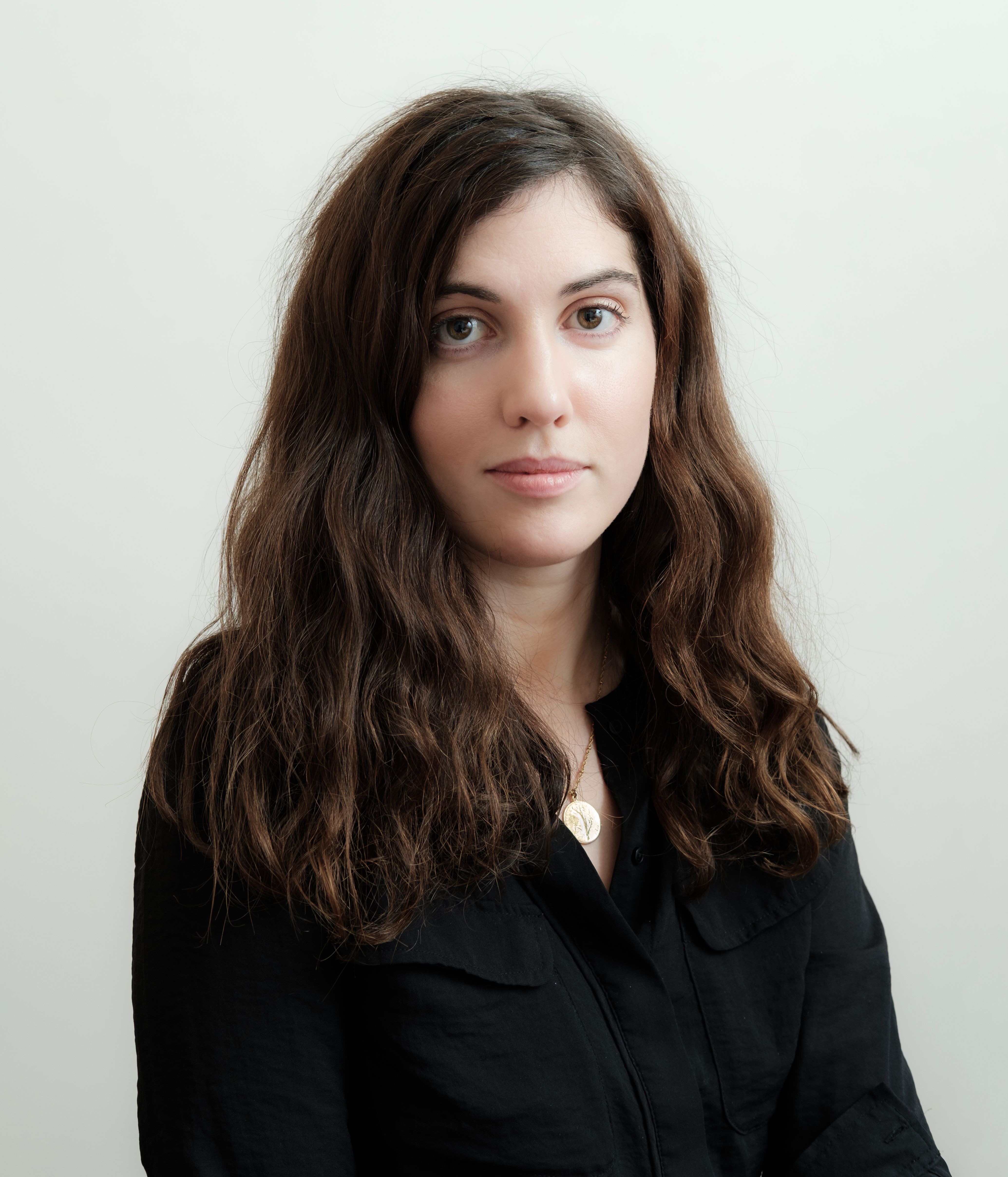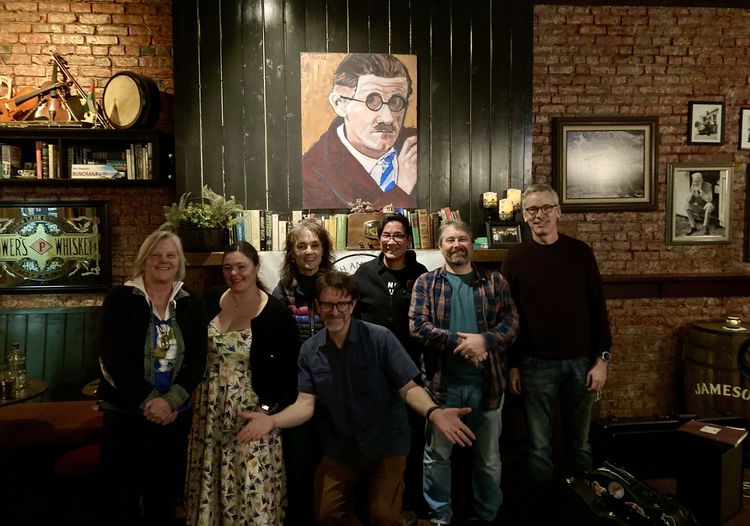Few can disagree that Irish writing has been thriving as never before, and in just about every fictional genre and category.
Two Irish Times opinion pieces, however, got a bit carried away with this in the final days of 2023 without mentioning the most obvious reason why writers from Ireland do well.
In a harmlessly chauvinistic column entitled “It is okay to gloat about our artistic accomplishments” (Dec. 22), Justine McCarthy referred to the four writers that made the 2023 Booker long list (which was 13 strong) and the two of those who were on the six-person shortlist, Paul Murray for “The Bee Sting” and Paul Lynch for “Prophet Song.” McCarthy asked Lynch, who won the prize outright, “Is there something in the water?” and he replied, in her paraphrasing, that it was the “creative fruits of social turmoil.”
Among the checklist of achievements – “Ireland’s truckloads of world-class creativity” -- McCarthy mentioned Hollywood visibility, Oscar nominations and so on. She wrote, “our writers, thespians and thinkers are having a renaissance.”
She breathlessly continued with her list, “The New York Times has recommended ‘A Thread of Violence,’ Mark O’Connell’s psychological tome about the double-murderer Malcolm Macarthur, as one of the best books of the year.” Well, no, it didn’t. It was listed in that newspaper’s “Notable” 100, which, of course, is great. Murray’s “The Big Sting,” though, made the top 10, and the Washington Post’s top 10, as well. Irish fiction will usually outscore the non-fiction. To be fair, Fintan O’Toole’s memoir, “We Don’t Know Ourselves,” made the NY Times’ top 10 in 2022; but so, too, did English-born Galway resident Claire-Louise Bennett’s novel “Checkout 19” on the literary side.
On Dec. 26 in the Irish Times, guest writers Eoghan Smith and Simon Workman penned a column “Irish fiction flourishes amid era of upheaval” with a subhead intro, “In recent years, Ireland has borne witness to one of the most significant periods in its modern literary history, a winning streak that shows no sign of abating.” Again, like Booker winner Lynch, they’re all about the social turmoil -- lots of it. Smith and Workman are the editors of a special issue of Irish Studies Review entitled “The Rise of the Phoenix: Restoration and Renaissance in Contemporary Irish Writing,” which I’m sure is worth reading, but in the column there was a lot of talk about neoliberalism and its non-identical twin hyper-capitalism. Generally, the “last 15 years” looms large with several mentions, as if 2008, the year of the crash, is the great new watershed of modern Irish history.
We get it. There’s been lots to write about. But there always has been.
The Irish Times piece opened with the four nominations to the Booker long list and had a picture of them – Sebastian Barry, Elaine Feeney and the two Pauls -- at a party together to celebrate inclusion in the Booker’s baker’s dozen. It also early on name-checked three high-profile novelists, Claire Keegan, Sally Rooney and 2018 Booker winner Anna Burns.
So let’s take ancient history or prehistory, the 40 years of the famous award, from its beginnings in 1969 up through 2008, which coincides with the crash. How did Irish literature perform, if the Booker is the measure? Well, it might be surprising for some to learn that the year 2023 was not the first that there were two shortlisted writers from Ireland. There were actually three in 1970; and two in 1973 (including the winner), 1976, 1987, 1990, 1991, 2000 and 2005 (including the winner).
“Each year, the prize is awarded to what is, in the opinion of the judges, the best sustained work of fiction written in English and published in the UK and Ireland. It is a prize that transforms the winner’s career,” the Booker’s website says.
“The winner receives £50,000 as well as the £2,500 awarded to each of the six shortlisted authors.” (In the early years before it was a huge media event, the judges were sometimes too picky, or just too grumpy, to come up with a proper shortlist, and only two or three competed for the prize.)
That rule that the novel be published in the UK and Ireland means that Americans are eligible, and some have won (since 2013), when for most of its history to qualify the writer had to be from a British Commonwealth country, Ireland or Zimbabwe. In Ireland’s case, the population was maybe somewhat less than 5 percent of English-speakers in those combined territories
Yet Irish involvement has been very strong from the start, also considering the fact that it’s not Britain; it’s a small foreign country, or most of it is.
Two winners in the first decade, the Liverpool-born J.G. Farrell (1973, for “The Siege of Krishnapur”) and the Dublin-born Iris Murdoch (1978, for “The Sea, The Sea”), are listed officially as being both from the United Kingdom and Ireland. Murdoch was also shortlisted in 1969, 1973, 1985 and 1987. Farrell, meanwhile, was awarded a second Booker prize more than 30 years after his death in a drowning accident off Cork in 1979 at age 44. A change in the calendar regulations meant that while the prize was given for 1970, no work published in that year had been considered at the time. To rectify that anomaly, a long list was evaluated in 2010 and a short list picked before Farrell’s “Troubles,” set during the Irish War of Independence, was named the winner for that “lost” Booker year.
The other Irish winners, if we just take it up to 2008 as the cutoff point, were Roddy Doyle in 1993 (for “Paddy Clarke Ha Ha Ha” and he’d previously been shortlisted in 1991); John Banville in 2005 (for “The Sea,” and he’d been shortlisted in 1989); and Anne Enright in 2007 (for “The Gathering”).
The shortlisted Irish who didn’t win the main prize are: William Trevor (1970, 1976, 1991 and 2002), Elizabeth Bowen (1970); Brian Moore (1976, 1987 and 1990); the recently deceased playwright Thomas Kilroy for his only novel “The Big Chapel” (1971); Jennifer Johnston (1977); Julia O’Faolain (1980); Molly Keane (1981), John McGahern (1990); Patrick McCabe (1992 and 1998); Seamus Deane (1996); Bernard MacLaverty (1997); Michael Collins (2000); Brian O’Doherty (2000); Sebastian Barry (2005 and 2008); and Colm Toibin (1999 and 2004).
And even in those relatively few years the Irish weren’t shortlisted, there was often a connection to the diaspora – as in the case of Thomas Keneally, the Australian who won in 1982 for “Schindler’s Ark,” the fourth time he made the shortlist.
In addition, there are plenty of other Irish writers, some Booker long-listed, who’ve made a name for themselves internationally, won big literary prizes and sold lots of books -- Joseph O’Connor, for instance, and Colum McCann, who has won the National Book Award in this country.
Justine McCarthy is on the right track when she says something that is also true of large swathes of the Western world: “This is a country where being a writer or a musician or a painter is regarded as a proper occupation.”
I’d reformulate that to say if you did have a proper occupation, let’s say as a bus driver or an anesthesiologist, you wouldn’t be laughed at or despised for chucking it in to write a play or a novel. Certainly, enough people in Ireland would respect that as a choice. If it was another branch of the arts – stand-up comedy, let’s say, or sculpting or playing the violin – some of your family members and most of your friends would be supportive, but only if they really liked your stuff. But with writing, well, why not? The raw talent might be there, and the effort might make you really good. It would be a shame not to try. There’s a whole pantheon to live up to, several of them in fact.
The list of living Irish writers of fiction who’ve made a reputation abroad is a very long one, and they just keep on coming. In the half decade leading up to the pandemic, American publishers introduced at least 12 young Irish writers of literary fiction -- from their late 20s though their late 30s, and already published in Ireland and the UK – who they felt confident had voices distinctive enough to interest readers in this country. Indeed, most of these writers have shown that it’s possible to combine readability with dazzling originality, and the first book in most cases has been followed by others. Caoilinn Hughes’s third novel, “The Alternatives,” for instance, will be published here in April; Rob Doyle has several volumes on the shelves. Sally Rooney is the best known of this group, but she’s been joined in the pages of the New Yorker by Colin Barrett, who is also from Mayo.
In the May 25 issue of the New York Review of Books last year, Sara Baume’s second novel, “Seven Steeples,” was the subject of a 3,300-word essay; in the June 8 issue, another essay of the same length discussed Nicole Flattery’s debut novel “Nothing Special,” the follow-up to her collection of stories “Show Them a Good Time.” Baume first started winning plaudits and prizes internationally at age 31; Flattery was 28.
McCarthy said that Ireland is having a “moment,” but in fiction and English literature generally, it’s always been a moment.








